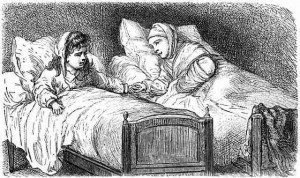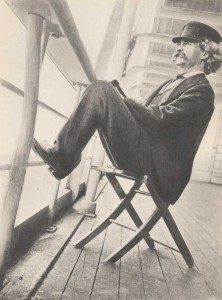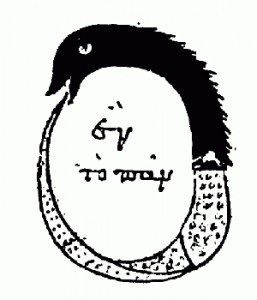 Few people sleep today the way most humans did for all of our evolution before the introduction of artificial lighting. For hundreds of thousands of years, humans thought that what the pushers of sleep meds promise – an uninterrupted night of seven or eight hours’ sleep – was an unnatural and undesirable thing.
Few people sleep today the way most humans did for all of our evolution before the introduction of artificial lighting. For hundreds of thousands of years, humans thought that what the pushers of sleep meds promise – an uninterrupted night of seven or eight hours’ sleep – was an unnatural and undesirable thing.
Experiments by a team led by Dr Thomas Wehr at the National Institutes of Mental Health in Bethesda have supplied compelling evidence of how our technology has ripped us from our natural cycle. Deprived of artificial lighting for several weeks, the typical subject evolved the following pattern: lying awake in bed for an hour or two, then four hours sleep, then 2-3 hours of “non-anxious wakefulness” followed by a second sleep before waking for the day’s activities.
One of the most exciting findings in Wehr’s study involved the endocrinology of the night watch. The interval between first sleep and second sleep is characterized by elevated levels of prolactin, a pituitary hormone best-known for helping hens to brood contentedly above their eggs for long periods. Wehr concluded that the night watch can produce benign states of altered consciousness not unlike meditation.
Wehr and his team put their subjects on the Paleolithic plan, without alternatives to electrical light such as candles or fire or oil lamps. The Paleolithic two-sleeps cycle wasn’t only a stone age phenomenon; it was characteristic of how people spent their nights until gas lighting and then electricity became widespread. A seventeenth century Scottish legal deposition describes a weaver as “having gotten his first sleip and awaiking furth thairof.” Sleep historian Roger Ekirch says that “until the modern era, up to an hour or more of quiet wakefulness midway through the night interrupted the rest of most Western Europeans” – and presumably most other people – so that “consolidated sleep, such as we today experience, is unnatural.”
This may help to explain the extent to which so many of us in our urbanized society are out of nature and out of touch with dreaming. “Segmented sleep” was the norm for our ancestors until quite recently, as it remains for some indigenous peoples today. Like Virgil and Nathaniel Hawthorne, the Tiv of central Nigeria speak of “first sleep” and “second sleep”. They wake at any time during the night and will talk to anyone in the hut who is also awake – often about their dreams.
Most interesting, the state “twixt sleepe and wake” that the French called dorveille was widely regarded as an excellent time to birth new ideas. In 1769, the artful London tradesman Christopher Pinchbeck advertised a device called a “Nocturnal Remembrancer”, a parchment tablet inside a box with a slit to guide the writing hand in the dark to enable “philosophers, statesmen, poets, divines and every person of genius, business or reflection” to secure the “flights and thoughts which so frequently occur in the course of a meditating, wakeful night.”
It is possible that in our modern culture, through our suppression of ancient and natural circadian cycles, we have rendered ourselves “disanulled of our first sleep, and cheated of our dreams and fantasies,” as Thomas Middleton wrote in The Black Book”.
In short, we don’t want to sleep like the dead. We want to sleep and dream like cavemen. When you wake up in the middle of the night, don’t tell yourself you have a problem; recognize you have an opportunity.
adapted from The Secret History of Dreaming by Robert Moss. Published by New World Library.

